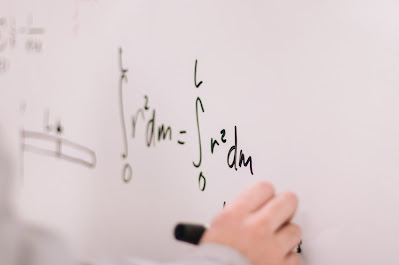Astronomy has a very long
history. Astronomy can be described as an ancient science in human history.
From the beginning of human understanding of the changes in astrology,
astronomy has begun to sprout. People have produced astronomy in order to study
and formulate various times or seasons (for example: seasons or calendars), and
even some are derived from divination-many people use horoscopes for
divination, namely astrology.
It can be said that astronomy has
developed for so long, and it is also very meaningful to study its history.
This is also an important direction in astronomy research. In particular,
various astronomical phenomena recorded in history are very important and
precious materials in some fields of astronomical research today. It is because
of the continuous accumulation of data that the subsequent development of
astronomy has been considerable. Therefore, the history of astronomy has become
an important branch of astronomy.
Early astronomy was dedicated to
the development of bright celestial bodies visible on the celestial sphere,
especially the sun, moon, stars, and planets visible to the naked eye. An
example of early astronomical research is the annual change in the position of
the sun on the horizon in the stars, which can be used to establish
agricultural ceremonies or calendars. In some cultures, astronomical data is
used for predictions in astrology.
Ancient astronomers have been
able to distinguish between stars and planets. In comparison, stars have
remained fixed for centuries, but planets will move in a short time.
Early History
Early cultures marked celestial
bodies with myths and souls. They believe that phenomena caused by these
celestial bodies (and their movements) include rain, drought, seasons and tides.
It is also generally believed that the first professional astronomer is a
priest (such as a monk). They understand that the sky is sacred, so ancient
astronomy is now linked to what is now called astrology. The ancient structure
may be related to astronomical calibration (like Stonehenge), and may be fully
compatible with astronomical and religious functions. Calendars around the
world are set based on the sun and the moon (measuring the year, month, and
day), which is very important for agricultural festivals and gives the correct
time to harvest each year. The most common Western calendar is now based on the
Roman calendar, which divides a year into 31 days for the large month and 30
days for the small month, alternating 12 months. In 46 BC, Caesar adopted a
calendar reform of 365 1/4 days a year proposed by the Greek astronomer
Callippus, which originated in the 4th century BC.
Astronomy in East Asia originated
in China, and solar terms had already appeared during the Warring States
period. The knowledge of Chinese astronomy is spreading in East Asia.
Astronomy has a long history in
China. It has detailed astronomical records from the 6th century BC. Before the
intervention of Western astronomy and telescopes in the 17th century, Chinese
astronomers had recorded comets and sunspots. The Chinese were able to predict
the lunar eclipse very early, but the eclipse was not accurately predicted. At
the end of the Ming Dynasty, the observing eclipse game between Chinese
officials and the Western missionaries ended in China's failure.
The purpose of most early Chinese
astronomy is to maintain time. The calendar used in China is a combination of
yin and yang calendars, but because the cycles of the sun and the moon are not
very consistent, new calendars are often revised and changed, and the main
purpose of astronomical observations is to create calendars. The main purpose
of the calendar is to show the orthodox of the dynasty. Therefore, every time
the dynasty changes, China will change the calendar.
Astrology is a major part of
Chinese astronomy. The Chinese believe that astronomical phenomena are closely
related to the national luck of the earthly dynasty. Therefore, the Chinese
celestial guard is very careful and careful about the "guest stars" that
accidentally appear between stars. There are the world's earliest supernova
records. In the astrology of "Hou Han Shu", there are supernova
records in 185 AD. The supernova that created the Crab Nebula was also observed
by the Chinese Ministry of Supervision in 1054 AD and recorded as a "King
stars", records of astronomical events such as ancient comets and
supernovae, are very valuable for the study of modern astronomy.
.














Comments
Post a Comment